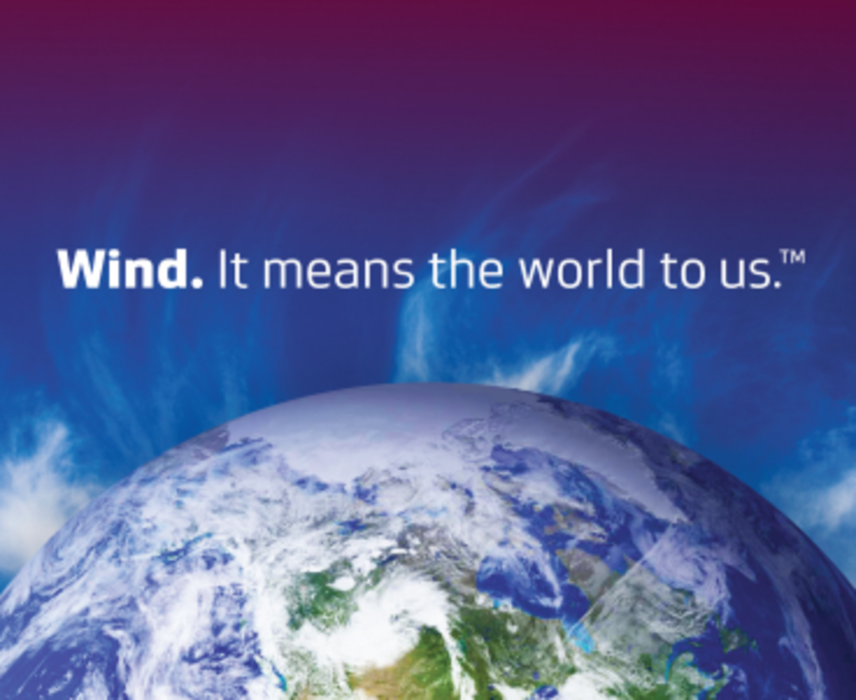Client: Vestas Wind Systems
Agency: Vertic
Objective: Reach previously untapped C-level prospects by creating highly relevant content and working with LinkedIn to develop a brand new targeting tool
The Back Story: Decision-makers at the top are never easy to reach, let alone persuade—but that’s just what Vestas Wind Systems, a Danish provider of wind power technology and renewable energy solutions, set out to do.
Following the recent economic downturn, Vestas, whose business historically centered on the government sector, was looking to expand its reach to Fortune 500 companies. To spread awareness among senior executives at those firms, the turbine manufacturer partnered with digital agency Vertic to launch a multipronged “Energy Transparency” campaign with social targeting at its heart.
The Strategy: Vestas knows that consumers are drawn to socially responsible brands. In fact, knowing that a company has renewable energy in its portfolio is a potent sales driver for many consumers, as well as a positive influence on loyalty, sentiment, and the bottom line.
Proving the connection required data; so, Vestas commissioned two major independent studies. The first, an analysis of consumer perceptions of climate change and its relation to leading global brands, found that 50% of consumers worldwide would pay more for products created using renewable energy, and that 79% have a more positive impression of companies that use wind energy.
The second piece of research was a comprehensive ranking of the amount and type of renewable energy that top international corporations use. Known as CREX, or the Corporate Renewable Energy Index, the report, which Vestas produced in partnership with Bloomberg, was meant to bring transparency to the energy space, where little previously existed.
Taken in tandem, the two studies painted a compelling picture: Half of all consumers across the globe are more attracted to brands that use—and publicize their use—of renewable energy.
“We gave companies a way to prove and disclose information about their energy supply, while giving the consumer a voice and allowing corporations to capitalize on that knowledge,” says Mirella Amalia Vitale, senior director of global marketing, communication, and customer insight at Vestas. “Consumers influence corporations and both together influence traditional stakeholders, like the governments that create energy targets.”
Having successfully positioned itself as a thought leader—and armed with powerful industry data—Vestas was ready to appeal directly to the top brass at Fortune 500 companies.
The Solution: Vestas and its agency Vertic identified LinkedIn as the ideal communication channel to reach C-level executives—rather than email, which might get deleted by the gatekeepers who vet their inboxes.
Using CREX data, Vestas worked with Vertic to create more than 100 customized, mobile-friendly landing pages (each a custom variation of EnergyTransparency.com) with highly personalized messaging based on company, geography, and job title. Once there visitors can access interactive tools and original data on the implications of renewable energy.
Vertic then worked with LinkedIn to reengineer the social network’s targeting solution to allow Vestas to deliver dynamically customized LinkedIn banner ads and Partner Messages. The main target audience included 622 C-suite executives at the 50 largest corporations in the world, each of whom received a personalized Partner Message via LinkedIn InMail that led to a designated, customized site. More than 400,000 employees at those same companies were targeted with company-specific banner ads with links to similar high-value content.
The Results: More than 10,500 people visited the personalized microsites, spending an average of more than seven minutes engaging with the content. The campaign performed well above expectations, click-wise—delivering in excess of 11 million impressions and a click-through rate of .08%.
As for ROI, just 18 months after launch (the campaign is ongoing) Vestas has sold approximately $185 million worth of turbines to companies in its target segment, with about three times as much in the pipeline—an extraordinary number considering that Vestas had never sold a single turbine in the commercial sector before, and that the normal sales cycle for turbine technology is usually between three and five years.
The Takeaway: Content is a crucial part of the marketing mix—but you’ll only see results if it’s created with the audience in mind.
“A lot of people today talk about how content is king,” says Vertic CEO Sebastian Jespersen. “But here you have an example that proves that you also have to make sure the content is relevant.”








